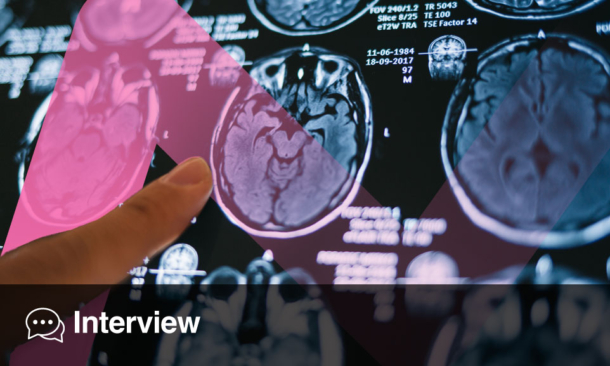Abstract
Sialorrhoea, the unintentional loss of saliva through the mouth, is the frequent complication of neurological disorders affecting strength or coordination of oropharyngeal muscles, such as motor neuron disease/amyotrophic lateral sclerosis (MND/ALS) or Parkinson’s disease. Sialorrhoea might affect up to 42% of ALS patients, with almost half of them having poorly managed symptoms. Sialorrhoea can impair patients’ social life, while dermatological complications, such as skin rashes, may arise due to constant exposure to moisture. Moreover, the excess mouth-retained saliva in ALS patients may lead to serious complications, such as choking, which causes anxiety, and aspiration with the consequent pneumonia. The inclusion of a sialorrhoea-related item in the ALS functional rating scale testifies both the incidence and importance of sialorrhoea during the ALS clinical course. Because of the progressive nature of ALS, presence and severity of sialorrhoea should be assessed at every visit and, when present, active treatment pursued. Available treatments include behavioural therapy, i.e. techniques to enhance periodic swallowing of saliva, systemic or local anticholinergic medications, botulinum toxin injection, electron beam irradiation, and surgical techniques. This review paper briefly describes the available options with related side-effects and current guideline recommendations for managing sialorrhoea in ALS patients.
Please view the full content in the PDF above.







